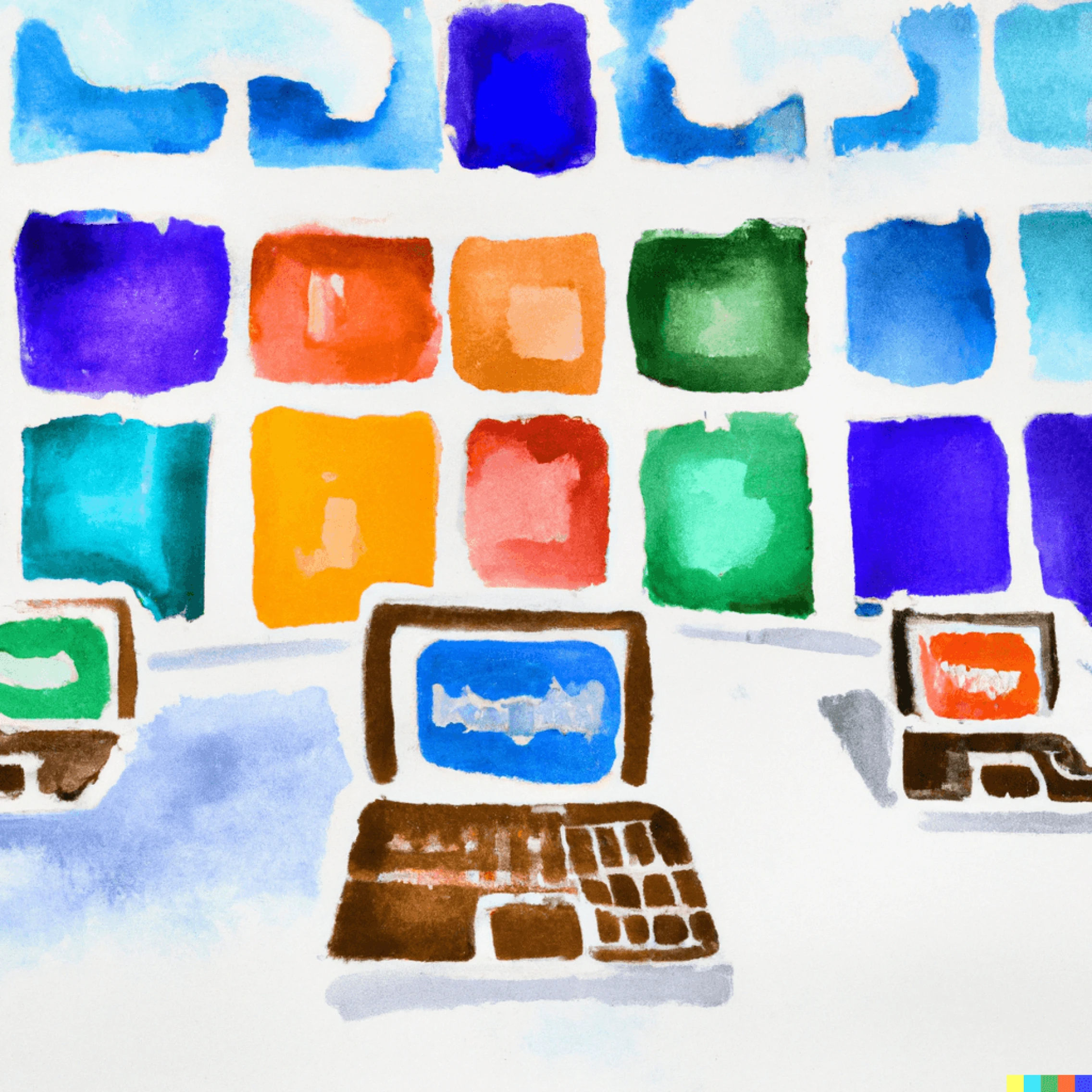Microsoft technologies
From framework to core: the evolution of .Net

This month I want to look at one of the technologies we are using with all new systems – .Net Core.
What is .Net Core?
In the late 1990s, Microsoft began working on a common framework allowing developers to write in their chosen language and have their code interact with code written in other languages in the same Framework. Nitec has used this Framework in several different iterations, including its Web Forms and .NET MVC flavours. However, as the IT industry has developed, we have moved on from a Windows–centric world to one in which the operating system is less critical, and mobile is paramount. As this Framework has grown and gathered functionality, it has also acquired complexity, which has resulted in it running slower than other frameworks. It has aged well, but it has still aged.
Recognising this, Microsoft announced a new framework, .Net Core, in late 2014. Within Nitec, we watched these developments and followed them with intent. As .NET Framework grew, it gathered many functions and tools essential to modern development. Likewise, as Microsoft developed .NET Core, it matured, gaining many of these features until we felt with the release of version 2.2 that the software was mature and stable enough to use.
It was at this point that we started to use the new framework in earnest. However, more recently in November 2021, Microsoft released version 6 of .Net Core which was fully feature equivalent to .Net Framework while also bringing many advantages to the table, not least a much faster, leaner ORM (Object Relationship Management) tool. As a result, we are using this across the board while upgrading relevant projects to this new version.
Microsoft has also introduced a new upgrade strategy whereby they now release a new major version of this framework each year. If the version number is an even number then it is LTS (long-term support). It is our strategy internally to only use the LTS versions.
What makes it better than previous frameworks?
This technology brings several advantages over .Net Framework, not least in speed, the ability to work safely in a multi–threaded environment, new and advanced developments from Microsoft, and better integration with newer cloud technologies.
What will happen to this Framework in the future?
With the emergence of advanced AI tools and the integration of these into both business processes and code creation tools, all we can say about the future is that this is an exciting time to be a software developer. Within Nitec we will of course ensure that we have our finger on the pulse so we can ensure we are keeping our clients ahead of the game.